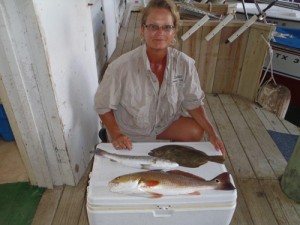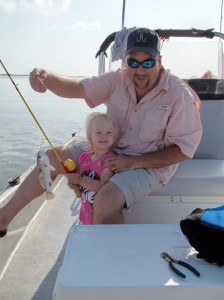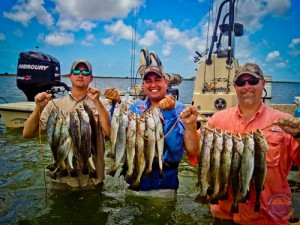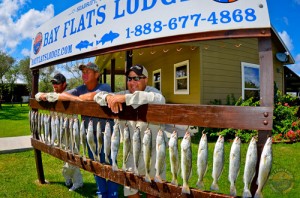In 1320, Geoffrey Chaucer wrote this little poem (in part) about drought. We thought you would like to know about it and compare it to our conditions here in Texas.
Whan that aprill, with his shoures soote,
The droughte of March hath perced to the roote,
And bathed every veyne in swich licour,
Of which vertu engendred is the flour.
Now that you have a feeling in old English language of the fourteenth century, you can learn of the concern others might have which easily slid into English literature via the Canterbury Tales. Therefore, a brief translation of a semi redneck would go something like this:
It was one April with the falling of the flowers,
The drought of March which parched the plant’s roots,
Then rain bathed every vein in rich moisture,
Of which virtue engendered the flowers.
So there is still hope. Naturally, it has been a few years since we took English IV in high school but the weather was obviously on the minds of the ancient folks as it is ours. But why and what caused such conditions. Is it the strange happenings in the Pacific Ocean described even in another language such as Spanish by calling it El Nino? Or is it high winds and steady very high barometric pressure?
One expert explained drought is caused by the lack of rain! I wish I had thought of that one. But when that happens during or after a drought and we get news of rain coming, it will likely not accumulate under normal conditions. This is because the rain will simply be absorbed or evaporation takes over any surplus water.
Be that as it may, stop by the store and pick up a simple common barometer. Track the barometric pressure and it will generally tell you of weather change coming. High pressure which we are having has an effect on the weather and will affect fish biting too some say. As the pressure falls, chances of the high pressure bouncing off incoming weather lessens and your energy often shows improvements. You might have seen horses running and pitching just before a rain and hopefully the fish start biting.
One thing is for certain: Keep your doctor in mind when symptoms of dehydration occur. It can be caused by many things but often it is the lack of drinking water and you should avoid intake of coffee (caffeine) or alcohol while doing strenuous work or exercise. Don’t kid yourself about dehydration. It can be deadly!
A few common symptoms of dehydration are dizziness, headache, nausea, dry eyes or mouth, fatigue, and loss of appetite. The lack of electrolytes in the body might bring on these summer related health problems. Actually, electrolytes (as the word implies) are literally ions providing electrical currents necessary to live and move. It includes sodium, potassium and chloride. Several commercial beverages claim to be helpful in this regard.
So remember that drought has caused discomfort in many parts of the world for countless years. In some areas it could last for years. Hopefully not here for in the coastal areas the drought is usually broken by storms nearing the period of the equinox or around mid September.
One thing is for sure with these uncertainties; there is nothing more constant than change. When it will be likely depends on a Power of more importance. And when the change does come, just maybe the fish will start biting.
Quote: “A fool or a newcomer predicts weather in coastal Texas.”
jbobalong@yahoo.com





